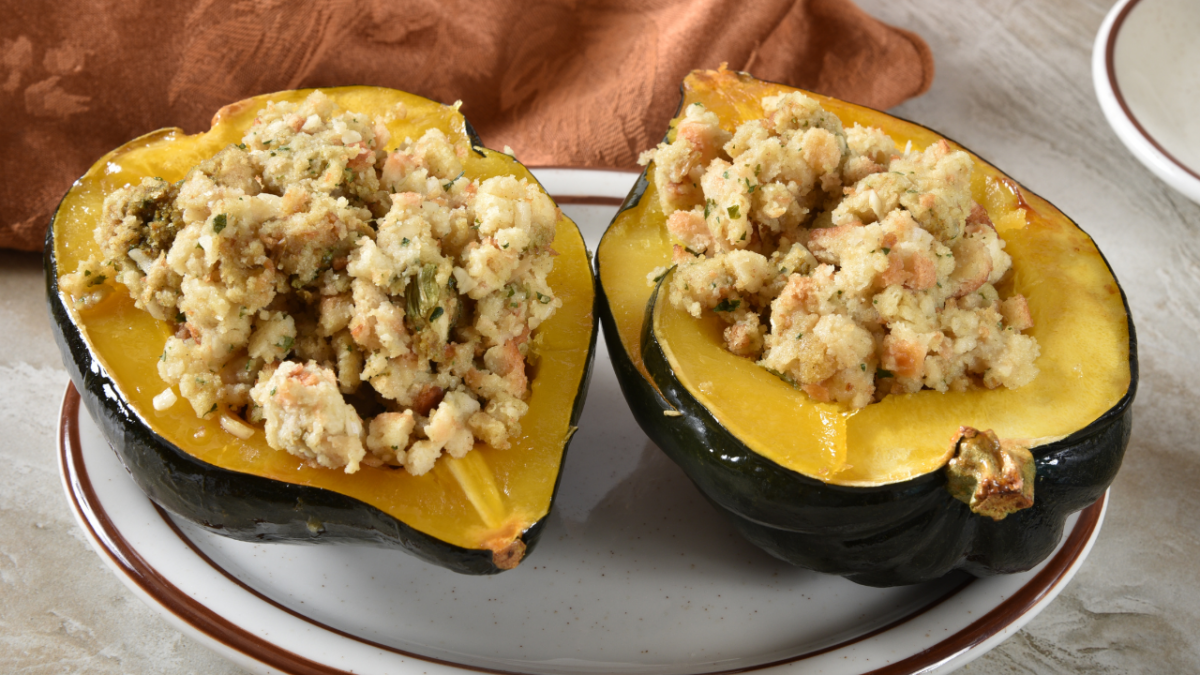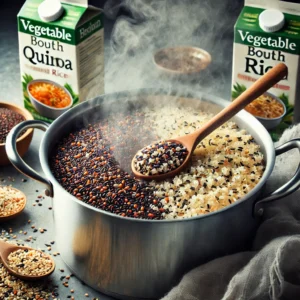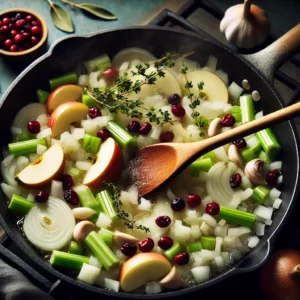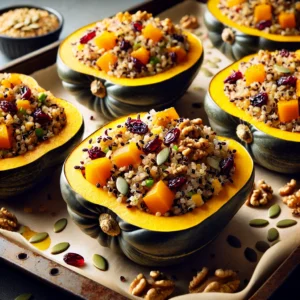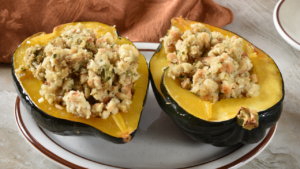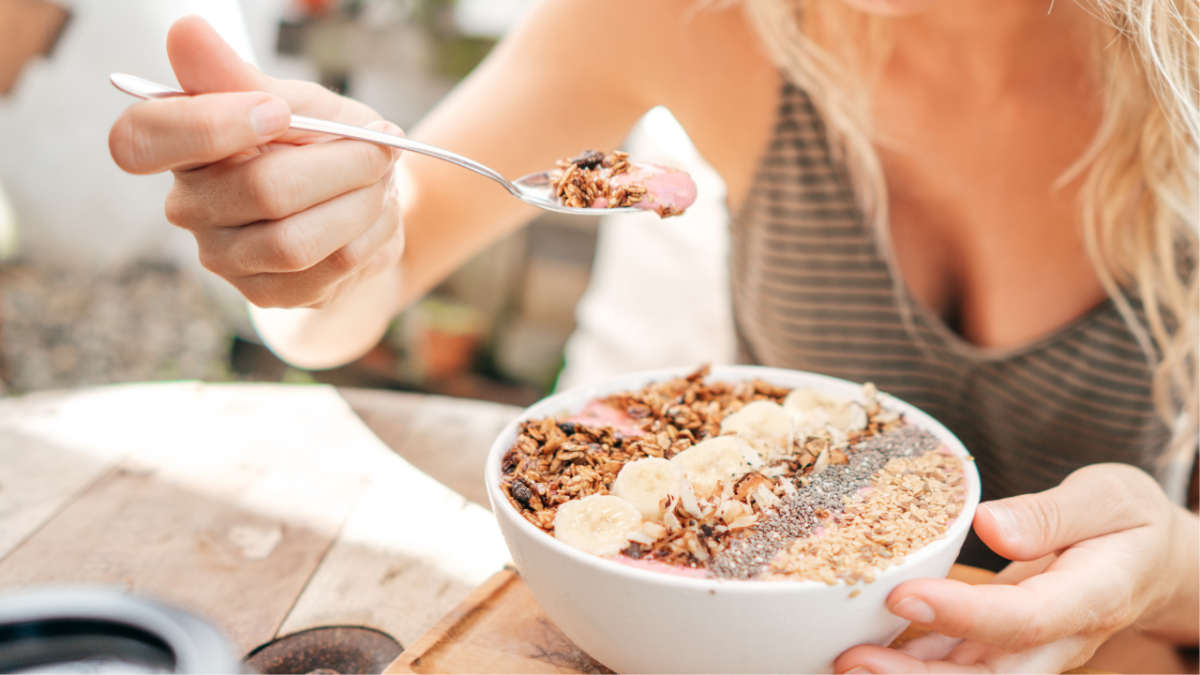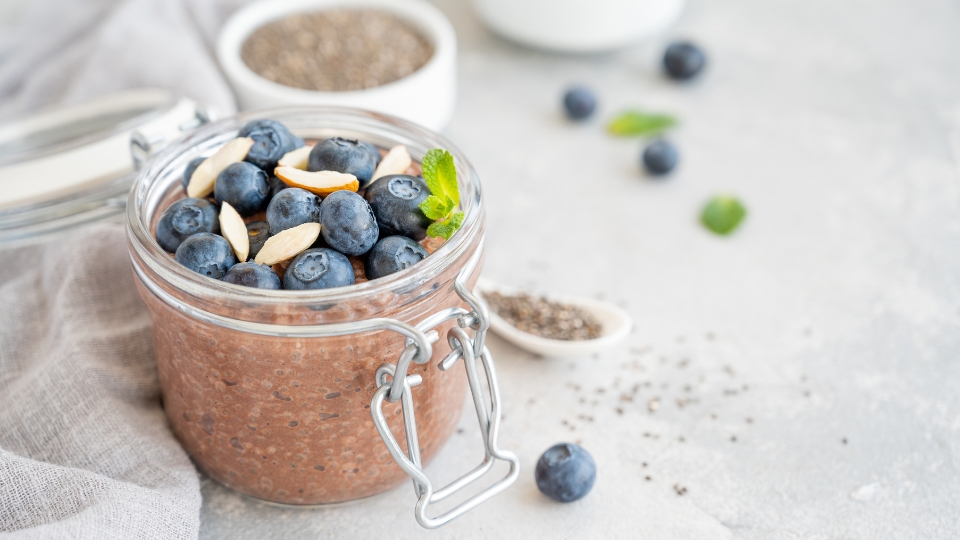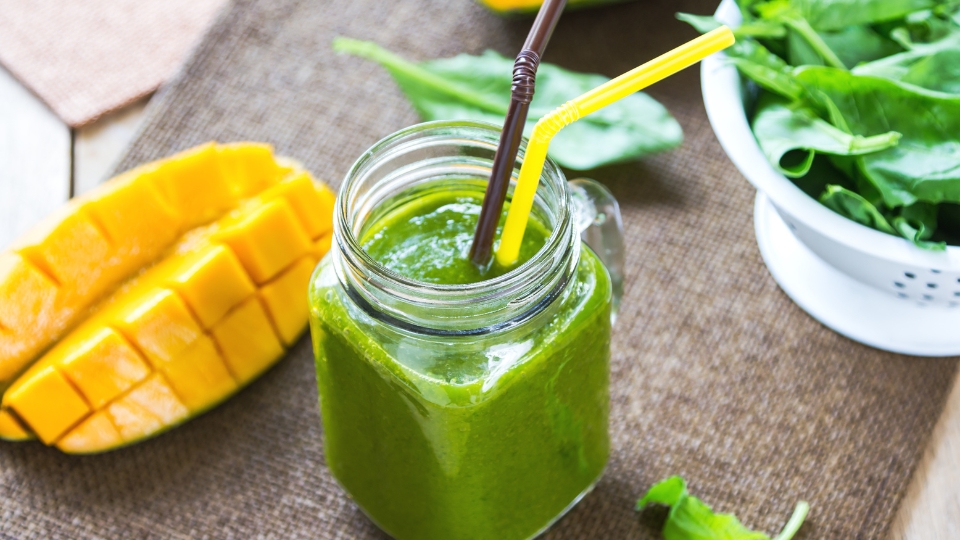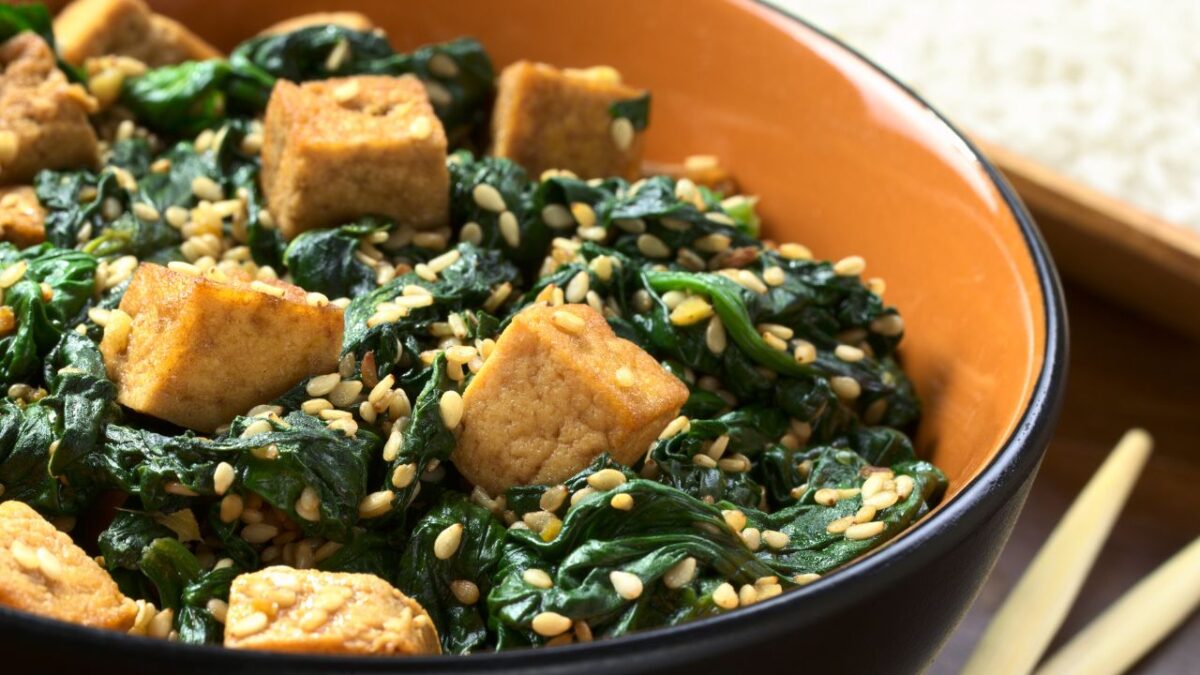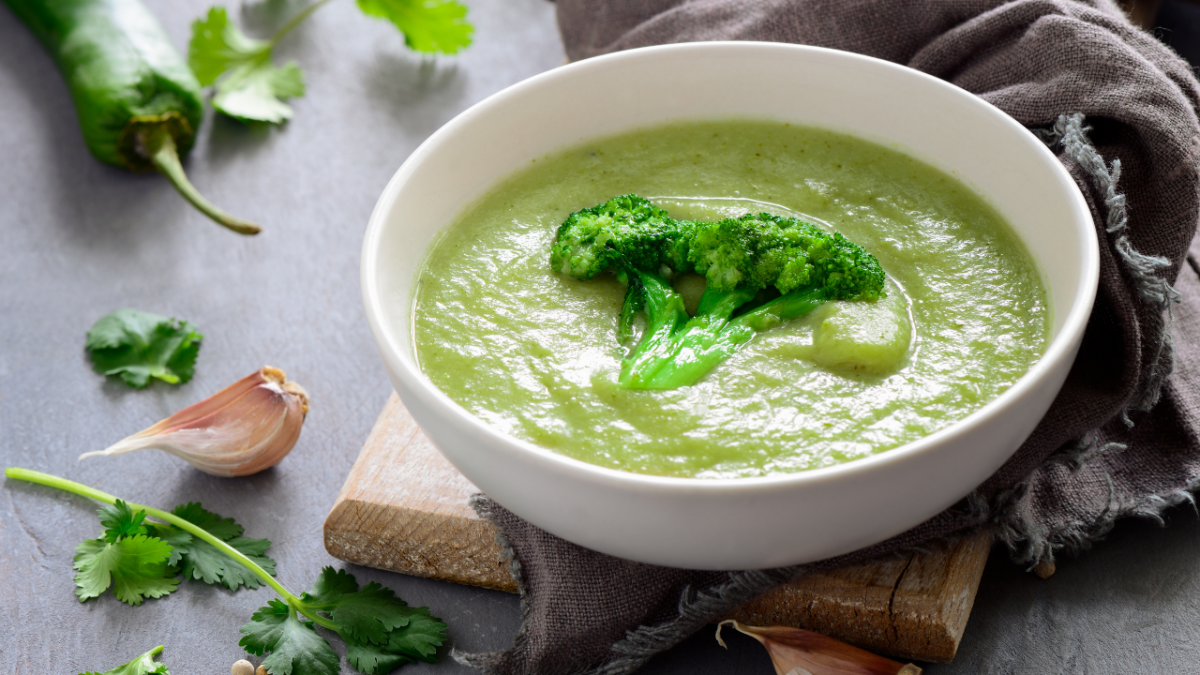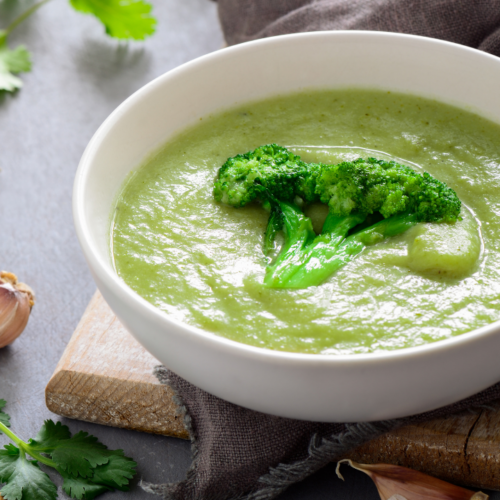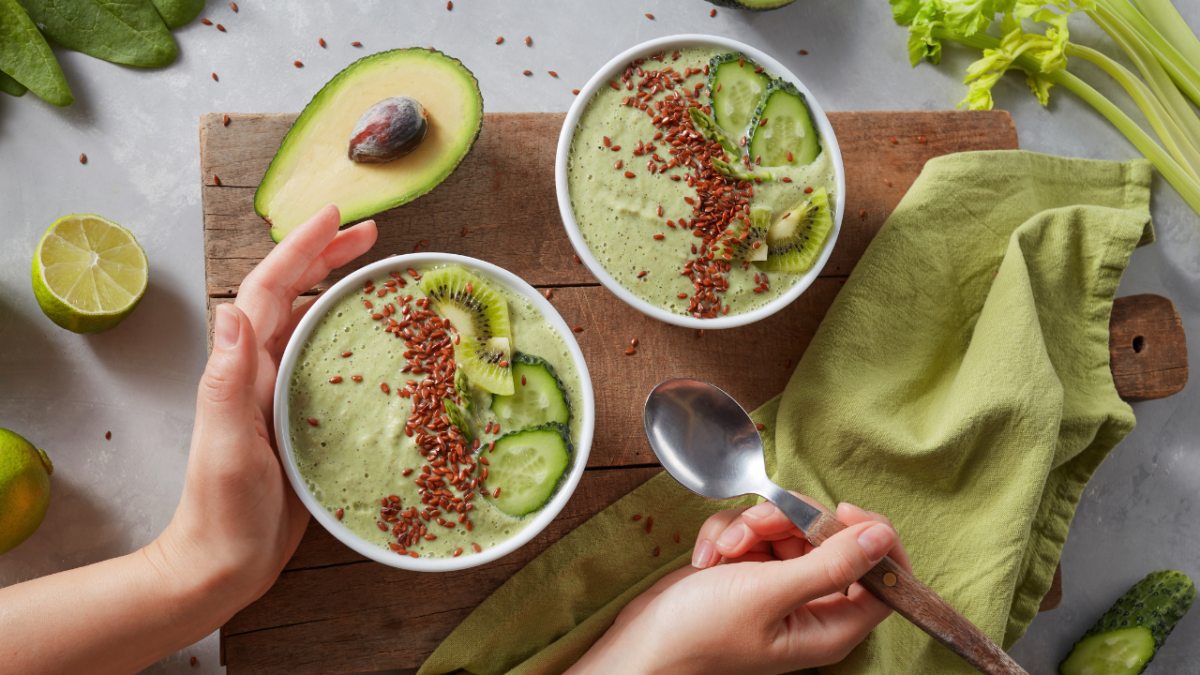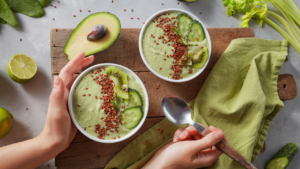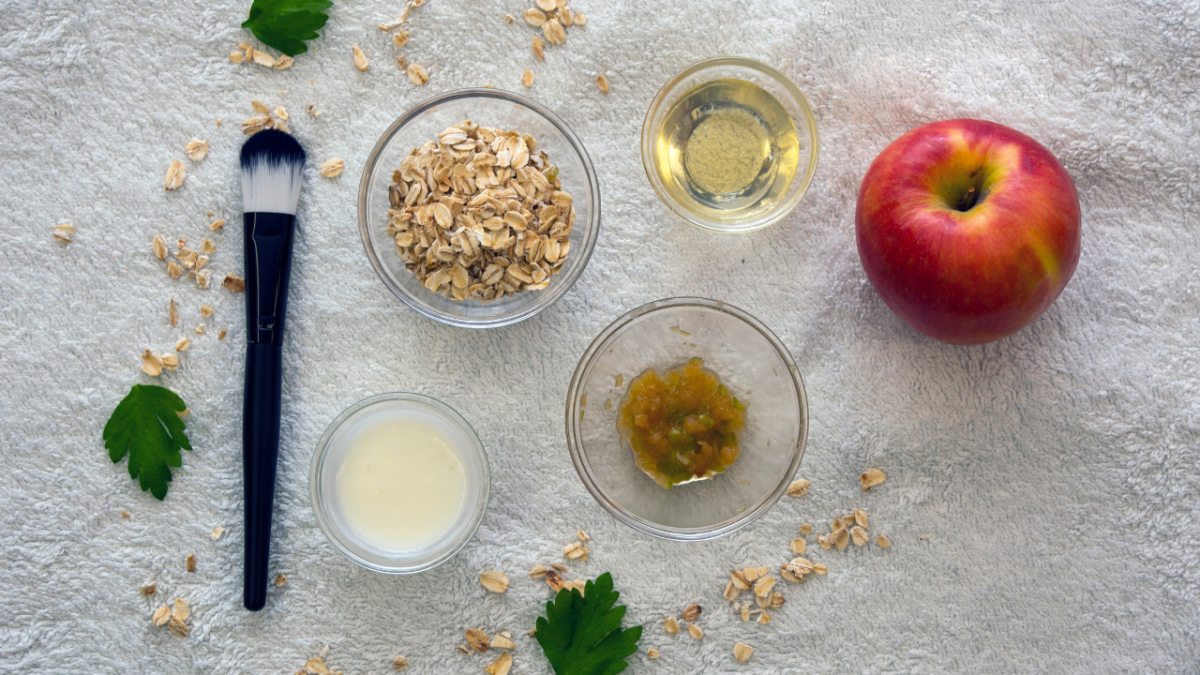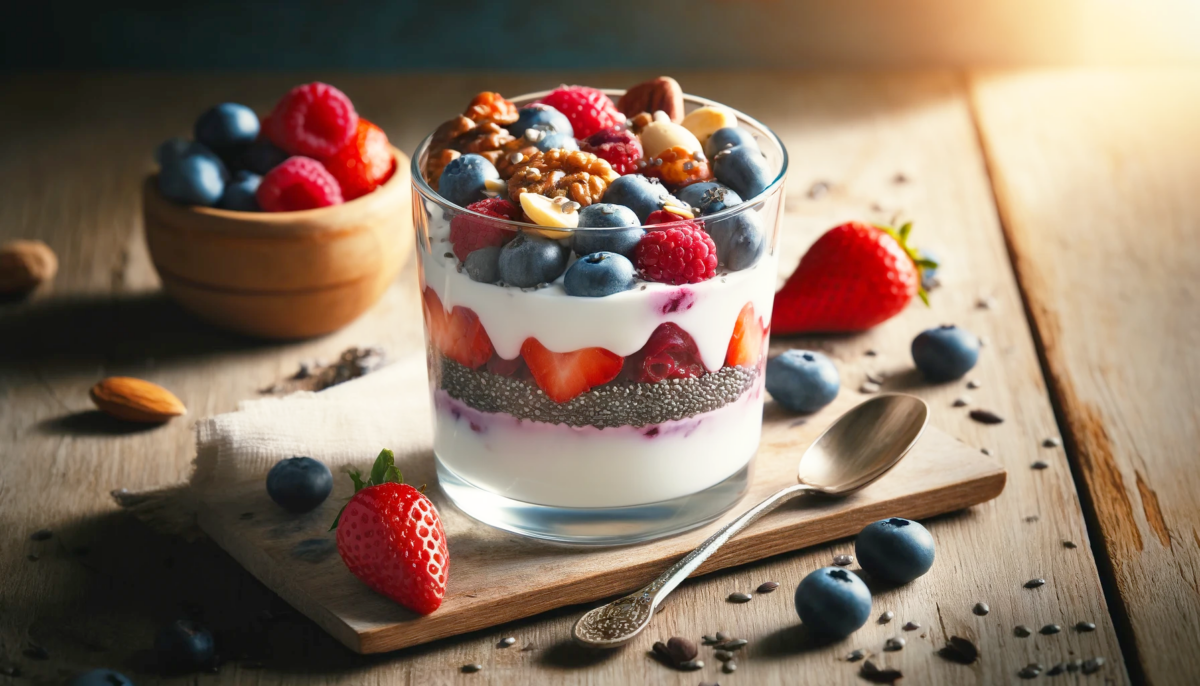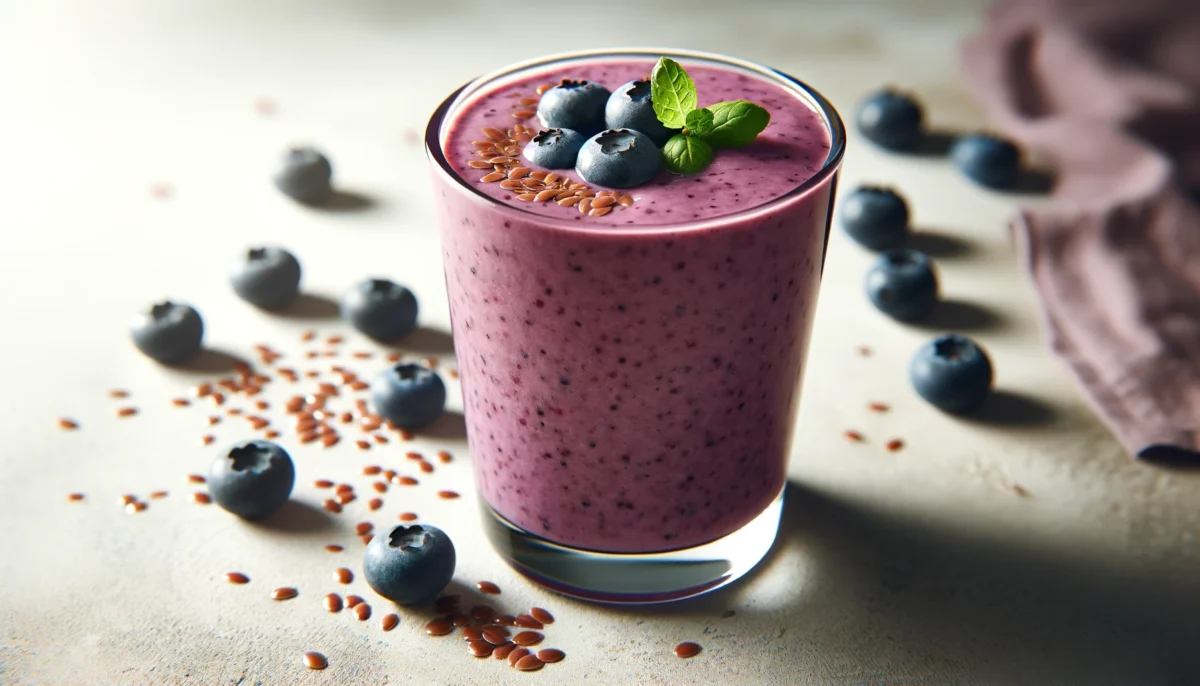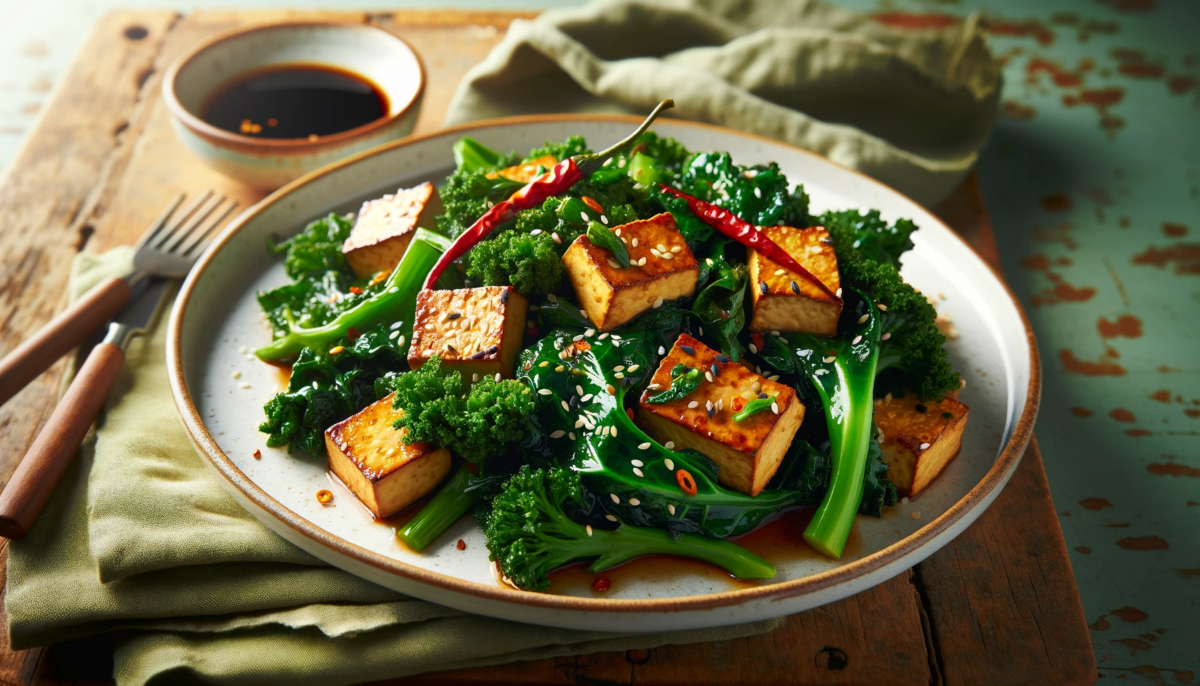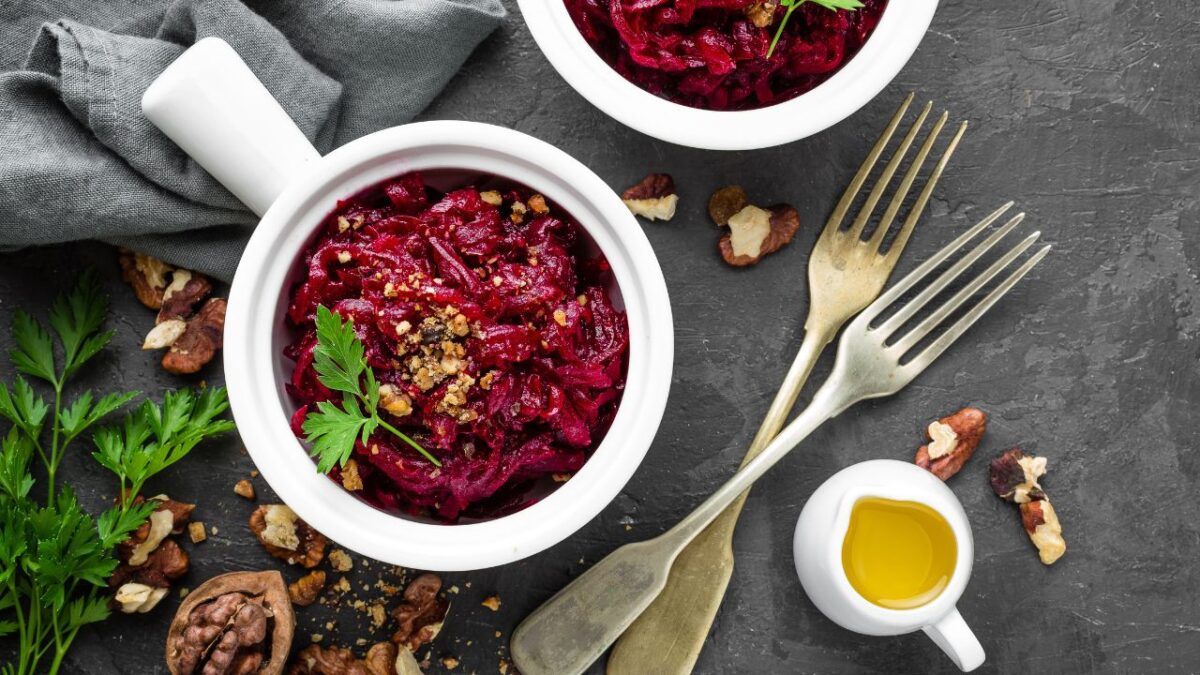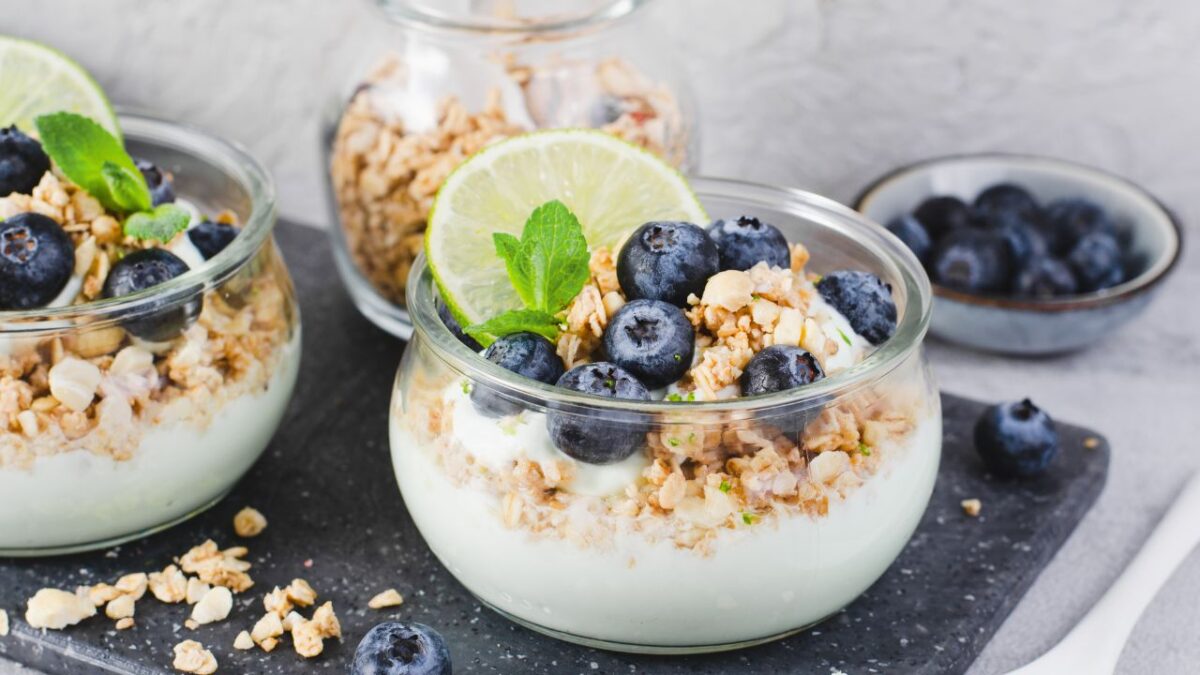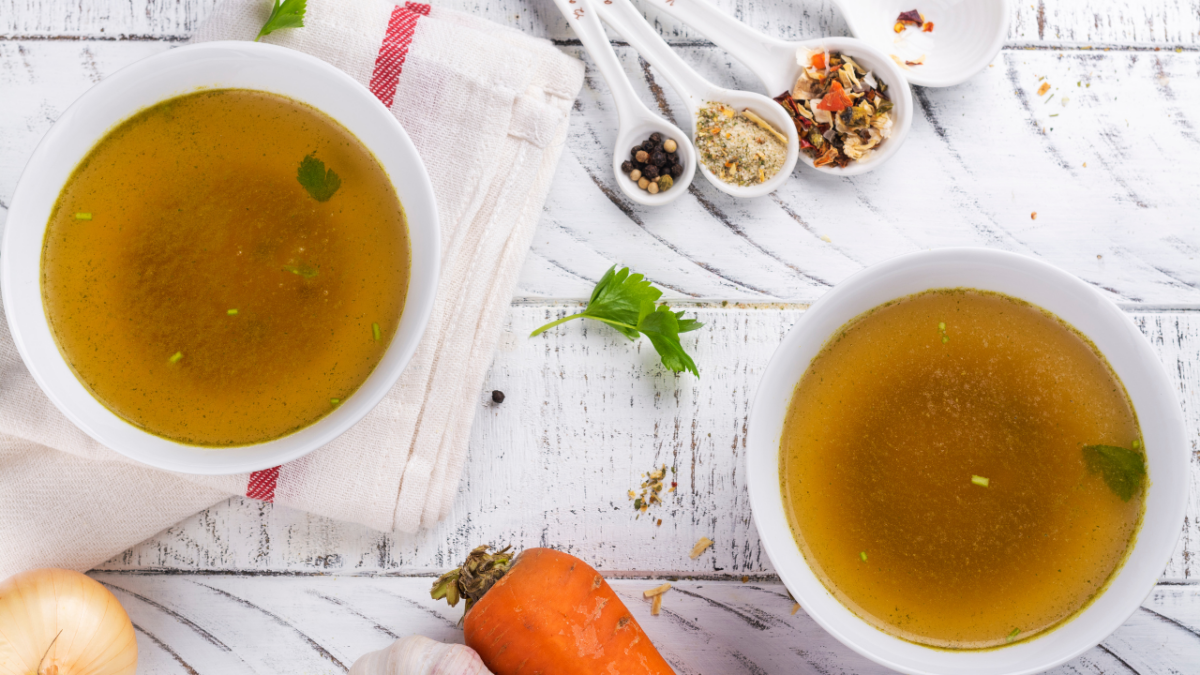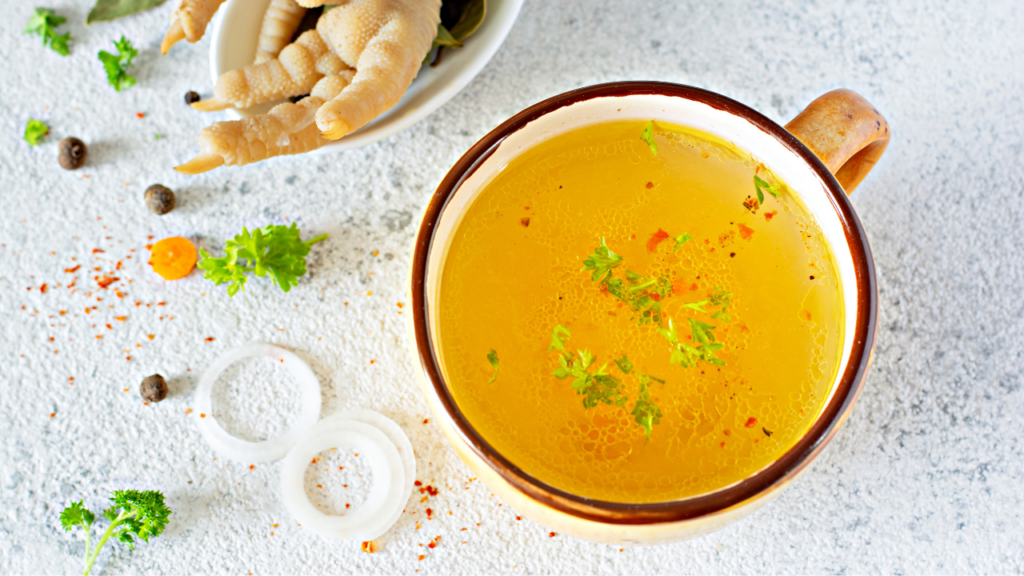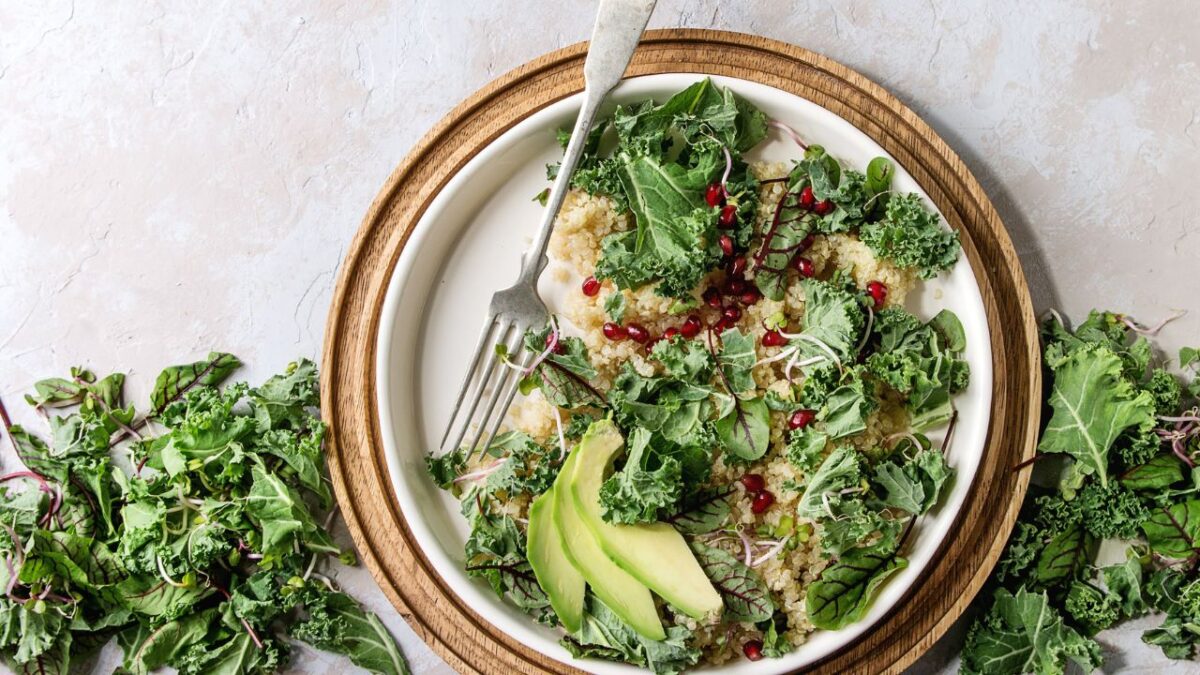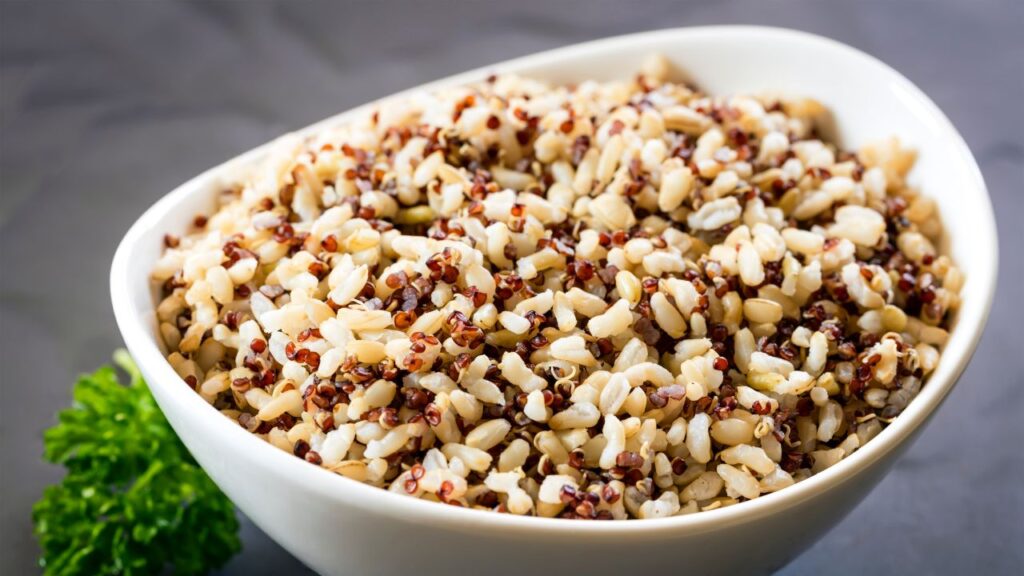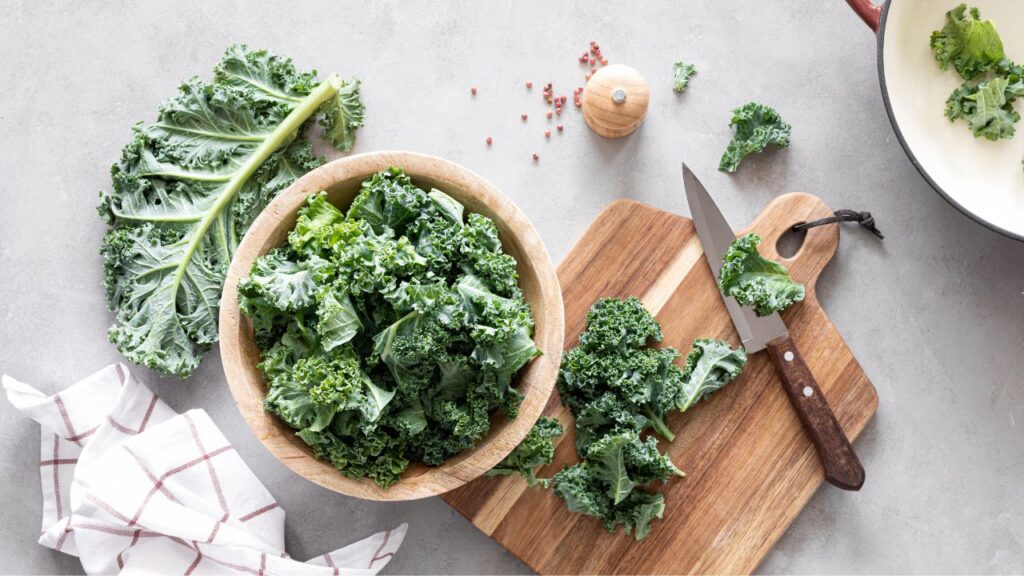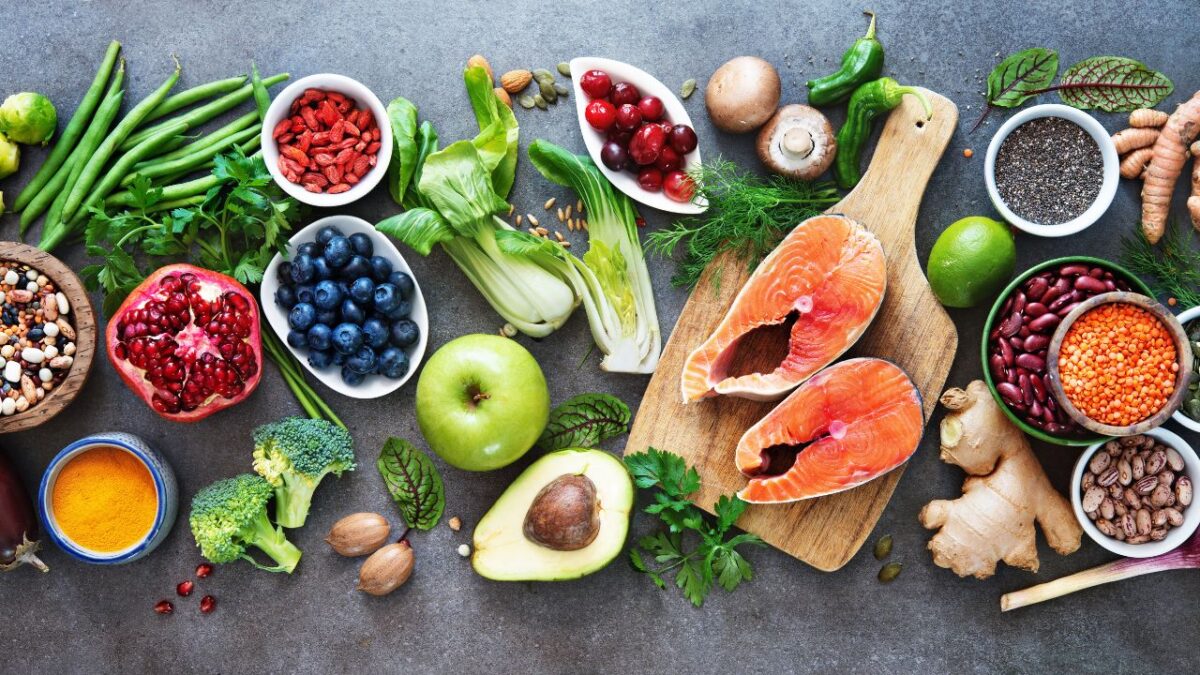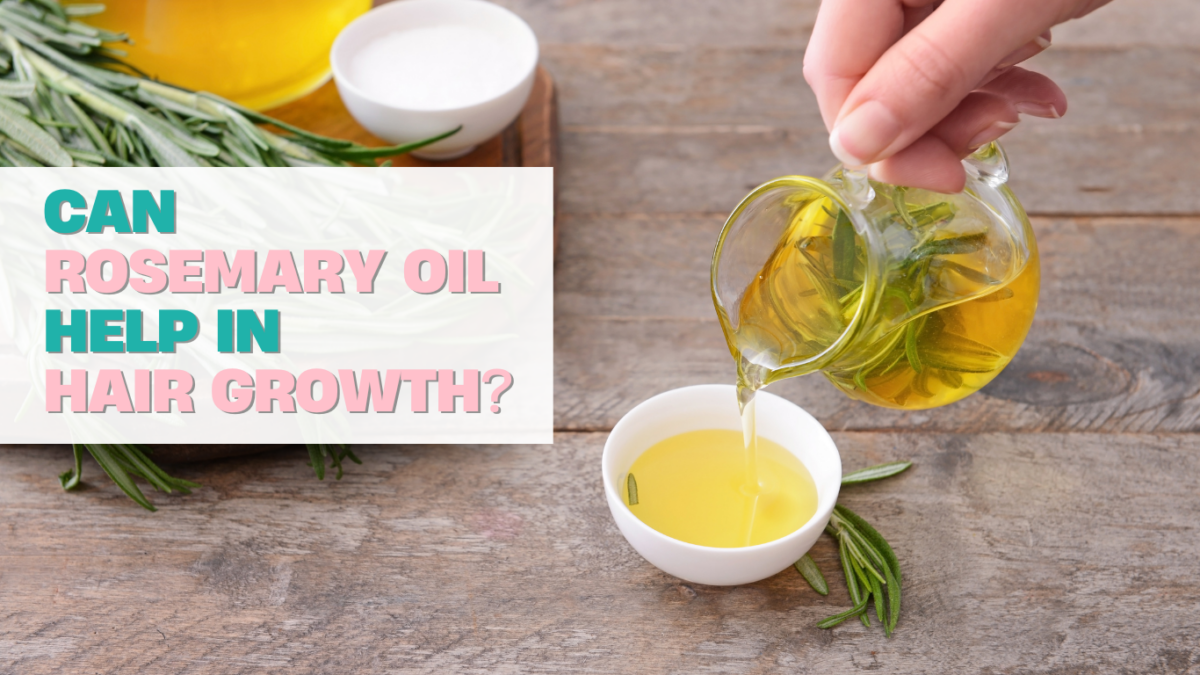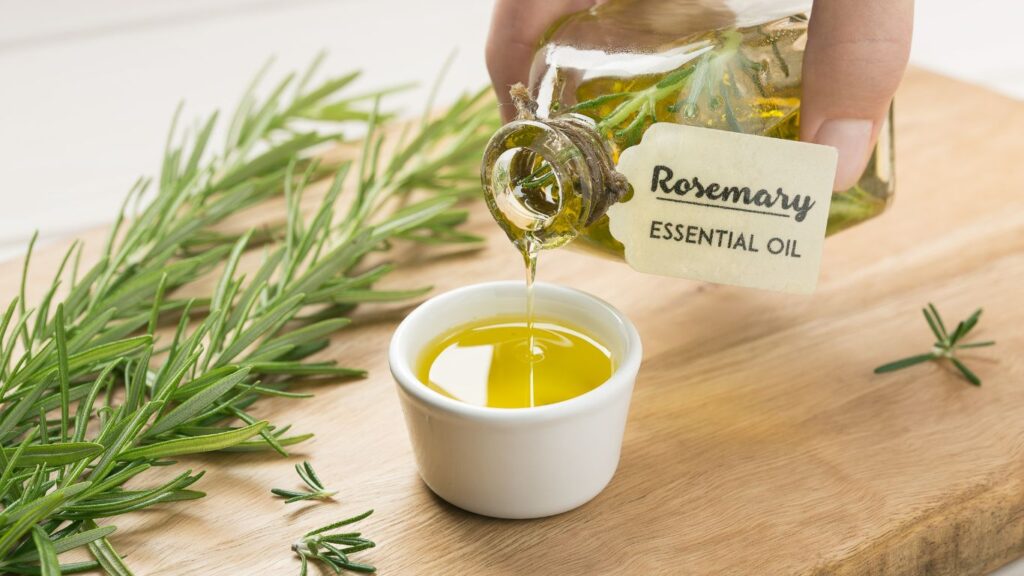Valentine’s Day Easy Recipes for Perimenopause & Menopause
A Collection of Nourishing Meals for Balance & Well-Being
Breakfast Recipes
Berry & Flaxseed Smoothie Bowl
A heart-healthy, fiber-rich start to your day!
Ingredients:
- 1 cup frozen mixed berries (strawberries, blueberries, raspberries)
- 1/2 cup unsweetened almond milk
- 1 tbsp ground flaxseeds
- 1/2 cup Greek yogurt
- 1 tbsp chia seeds
- 1 tsp honey
Instructions:
- Blend the frozen berries, almond milk, and flaxseeds until smooth.
- Pour into a bowl and top with Greek yogurt, chia seeds, and a drizzle of honey.
💖 Valentine’s Tip: Serve with heart-shaped sliced strawberries on top!
Avocado & Spinach Breakfast Toast
Nourishing and energizing for hormone balance!
Ingredients:
- 1 slice whole-grain toast
- 1/2 avocado, mashed
- 1/4 cup fresh spinach, chopped
- 1 poached egg
- 1/2 tsp sesame seeds
Instructions:
- Toast the whole-grain bread until crispy.
- Spread mashed avocado on top and layer with fresh spinach.
- Add the poached egg and sprinkle with sesame seeds.
💖 Valentine’s Tip: Use a heart-shaped cutter to shape the toast before serving!
Lunch Recipes
Quinoa & Roasted Veggie Salad
A protein-packed, phytoestrogen-rich meal!
Ingredients:
- 1/2 cup cooked quinoa
- 1/2 cup roasted sweet potatoes (cubed)
- 1/2 cup roasted broccoli
- 1/4 cup chickpeas
- 2 tbsp tahini
- Juice of 1/2 lemon
- 1/2 tsp cumin
- Salt & pepper to taste
Instructions:
- Toss cooked quinoa with roasted sweet potatoes, broccoli, and chickpeas.
- In a small bowl, whisk together tahini, lemon juice, cumin, salt, and pepper.
- Drizzle over the salad and mix well.
💖 Valentine’s Tip: Serve in a heart-shaped bowl for extra love!
Salmon & Kale Wrap
Rich in omega-3s to support heart and hormone health!
Ingredients:
- 1 whole-grain wrap
- 1/2 cup canned or grilled salmon
- 1/4 cup kale, chopped
- 1/4 avocado, sliced
- 2 tbsp yogurt-dill sauce (Greek yogurt + fresh dill + lemon juice)
Instructions:
- Spread the yogurt-dill sauce on the wrap.
- Layer salmon, kale, and avocado.
- Roll up tightly and slice in half.
💖 Valentine’s Tip: Serve with pink pickled onions for a festive touch!
Snack Recipes
Dark Chocolate & Almond Energy Bites
A mood-boosting, magnesium-rich treat!
Ingredients:
- 1 cup rolled oats
- 1/4 cup almond butter
- 1/4 cup dark chocolate chips
- 1 tbsp honey
- 1 tbsp flaxseeds
Instructions:
- Mix all ingredients in a bowl until well combined.
- Roll into small bite-sized balls.
- Refrigerate for 30 minutes before serving.
💖 Valentine’s Tip: Drizzle with melted dark chocolate for an extra indulgent touch!
Cucumber & Hummus Stacks
Refreshing, hydrating, and rich in plant-based protein!
Ingredients:
- 1 cucumber, sliced
- 1/4 cup hummus
- 1/2 tsp paprika or sesame seeds
Instructions:
- Spread hummus on cucumber slices.
- Sprinkle with paprika or sesame seeds.
💖 Valentine’s Tip: Serve with red bell pepper hearts on the side!
Dinner Recipes
Lentil & Vegetable Curry
Anti-inflammatory and protein-packed!
Ingredients:
- 1/2 cup red lentils
- 1 cup coconut milk
- 1/2 tsp turmeric
- 1/2 tsp ginger
- 1 clove garlic, minced
- 1/2 cup spinach
- 1/2 cup carrots, chopped
- Cooked brown rice (for serving)
Instructions:
- Sauté garlic, ginger, and carrots in a pan.
- Add lentils, coconut milk, and turmeric. Simmer for 15 minutes.
- Stir in spinach before serving.
💖 Valentine’s Tip: Garnish with red chili flakes for a fiery touch!
Grilled Chicken with Steamed Greens
A lean, balanced dinner for bone and muscle health!
Ingredients:
- 1 chicken breast, grilled
- 1/2 cup steamed broccoli
- 1/4 cup cooked quinoa or sweet potato mash
Instructions:
- Grill the chicken breast until cooked through.
- Serve with steamed broccoli and quinoa/sweet potatoes.
💖 Valentine’s Tip: Marinate the chicken in lemon and rosemary for extra love!
Dessert Recipes
Chia Seed Pudding with Pomegranate
A fiber-rich, omega-3-filled dessert!
Ingredients:
- 2 tbsp chia seeds
- 1/2 cup almond milk
- 1 tsp maple syrup
- 2 tbsp pomegranate seeds
Instructions:
- Mix chia seeds, almond milk, and maple syrup. Refrigerate overnight.
- Top with pomegranate seeds before serving.
💖 Valentine’s Tip: Serve in a wine glass for an elegant touch!
Baked Apples with Cinnamon & Walnuts
A cozy, comforting dessert!
Ingredients:
- 1 apple, halved
- 1/2 tsp cinnamon
- 2 tbsp chopped walnuts
- 1 tsp honey
Instructions:
- Sprinkle cinnamon and walnuts on the apple halves.
- Drizzle with honey and bake at 350°F (175°C) for 15 minutes.
💖 Valentine’s Tip: Serve with a dollop of Greek yogurt and a sprinkle of dark chocolate shavings!
Beverage Recipes
Golden Milk Latte
A warming, anti-inflammatory drink!
Ingredients:
- 1 cup almond milk
- 1/2 tsp turmeric
- 1/4 tsp ginger
- 1/4 tsp cinnamon
- 1 tsp honey
Instructions:
- Heat almond milk and whisk in turmeric, ginger, and cinnamon.
- Sweeten with honey before serving.
💖 Valentine’s Tip: Serve with a cinnamon stick for stirring!
Mint & Cucumber Infused Water
Refreshing and hydrating!
Ingredients:
- 1/2 cucumber, sliced
- 5 mint leaves
- 3 cups water
Instructions:
- Combine all ingredients in a pitcher and let infuse overnight.
💖 Valentine’s Tip: Serve in a fancy glass with a strawberry garnish!


